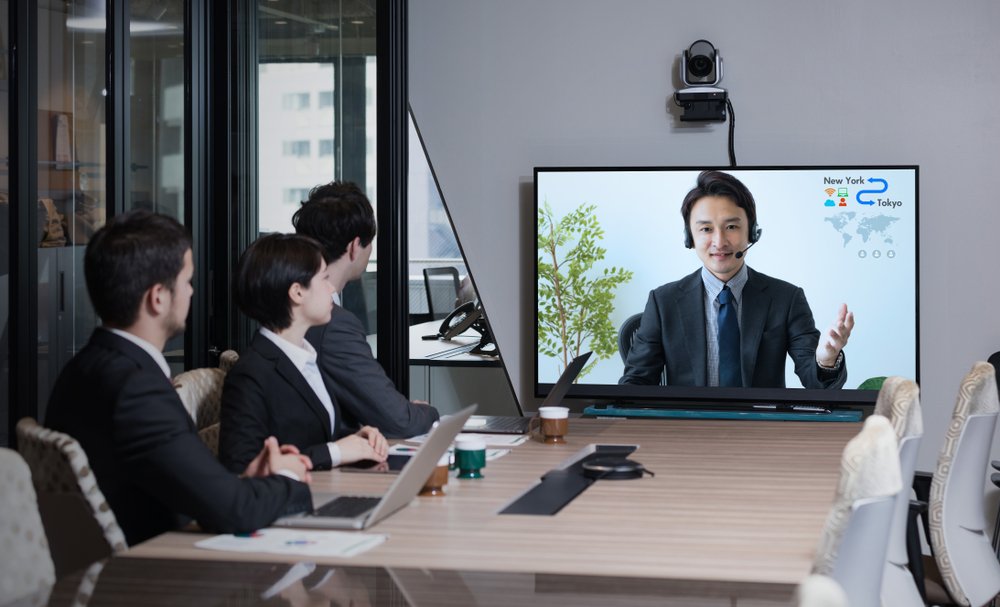Tips for Hosting Clear and Productive Audio Conferences
- By -Mash
- Posted on
- Posted in Audio Conference
Hosting an audio conference that is both clear and productive involves careful planning, effective communication, and the use of best practices. These tips can help ensure your audio conferences are efficient, engaging, and achieve the desired outcomes.

Prepare Thoroughly Before the Conference
Develop a Clear Agenda: Create a detailed agenda outlining the topics to be discussed and the objectives of the meeting. Share the agenda with participants ahead of time so they can prepare and contribute effectively.
Test Equipment and Connections: Ensure that all audio equipment, such as microphones and speakers, are functioning correctly. Conduct a test run of the conferencing software to check for any technical issues before the meeting begins.
Select an Optimal Time: Schedule the meeting at a time that is convenient for all participants, taking into account different time zones if necessary. Use scheduling tools that display time zone conversions to help find a suitable time for everyone.
Foster Effective Communication During the Conference
Start with Introductions: Begin the meeting by introducing all participants, especially if they are not familiar with each other. This helps establish a comfortable atmosphere and ensures that everyone knows who is speaking.
Encourage Active Participation: Promote active engagement by encouraging participants to speak up and contribute to the discussion. Use techniques like round-robin formats or direct questioning to ensure everyone has an opportunity to participate.
Manage Background Noise: Advise participants to mute their microphones when not speaking to minimize background noise. Encourage them to join from quiet locations to maintain audio clarity.
Summarize Key Points Regularly: Periodically summarize the main points and decisions made during the meeting. This helps reinforce important information and ensures that all participants are aligned with the discussion.
Utilize Effective Tools and Features
Use Mute and Unmute Controls: Make use of mute and unmute controls to manage participant audio. This feature helps reduce interruptions and allows for smooth transitions between speakers.
Implement Moderation Tools: For larger meetings, utilize moderation tools such as hand-raising features or chat functions to manage participation and maintain order. This ensures that the meeting runs smoothly and that everyone has a chance to contribute.
Record the Meeting: Consider recording the audio conference for future reference. Recording allows participants to review the discussion, revisit decisions, and follow up on action items.
Ensure Follow-Up and Action
Distribute Meeting Minutes: After the meeting, send out detailed minutes summarizing the key points, decisions, and action items. This follow-up helps keep everyone informed and accountable for their tasks.
Address Action Items: Clearly outline who is responsible for each action item and set deadlines for completion. Follow up with participants to ensure that tasks are completed and any issues are addressed.
Request Feedback: Solicit feedback from participants about the meeting’s effectiveness. Use this feedback to identify areas for improvement and make necessary adjustments for future audio conferences.
Maintain Professionalism
Be Punctual: Start and end the meeting on time. Punctuality demonstrates respect for participants’ time and helps maintain a professional tone throughout the conference.
Stay on Topic: Stick to the agenda and avoid going off-topic. Keeping the discussion focused ensures that the meeting remains productive and that all relevant issues are addressed.
Handle Disruptions Calmly: If disruptions occur, address them calmly and professionally. Redirect the conversation back to the agenda and manage any technical issues promptly to minimize their impact.
Conclusion
Hosting clear and productive audio conferences requires careful preparation, effective communication, and the use of appropriate tools and features. By developing a clear agenda, encouraging active participation, managing background noise, and utilizing moderation tools, you can ensure that your audio conferences are efficient and achieve their intended outcomes. Follow-up with meeting minutes and feedback, maintain professionalism, and address any disruptions calmly to foster a productive and successful conferencing environment.



